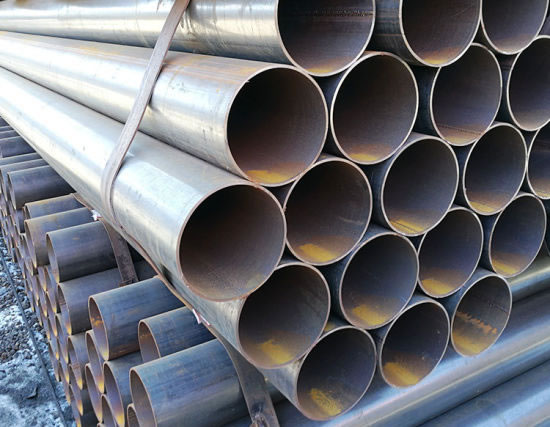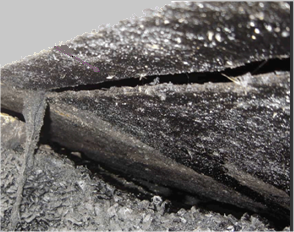Origins and Fates of Chlorides in Hydroprocessing Units – Part 3: Managing the Chlorides
The first two articles of this series provided a methodical approach to identifying a chloride problem in a hydroprocessing unit, determining the size of the problem, and narrowing it down to a likely source or sources. This final article addresses approaches to dealing with various sources. Step 4 – Managing the Chlorides Now that you […]






